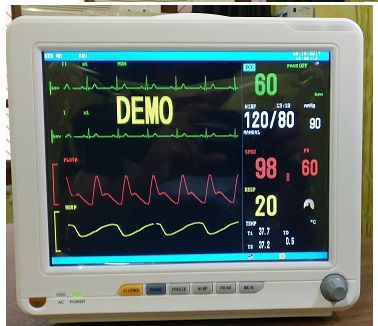

Spontaneous resolution of vitreomacular traction occurs in about 10 to 30 percent of cases and usually takes about 18 months to occur.
#VMT MEANING MEDICAL FREE#
As the vitreous contracts it usually pulls free of the fovea and vitreomacular traction is transient. Observation: Vitreomacular traction is not uncommon. If you have been diagnosed with vitreomacular traction you can follow without treatment, treat with Jetrea, treat with an intra-ocular gas bubble, have surgery, or if applicable, seek treatment of other disease affecting your vision. When this happens, patients can consider vitrectomy for macular pucker. Some macular puckers contract and pull the macula enough to cause distortion in the central vision. They usually caused by a layer of vitreous-the gel that fills the eye-condensing on the surface of the retina and changing into a membrane. Macular puckers are present in about 10% of people over the age of 50. A macular pucker is sometimes called an epiretinal membrane, cellophane maculopathy, a wrinkle, preretinal fibrosis or pseudomacular hole. When an extra layer of tissue forms on the retinal surface and then contracts to distort the central retina, we call it a macular pucker. The macula converts the light from the image on this page into a neurological signal that is processed by your brain.


The cornea and lens in the front of your eye focus the image of these words onto your macula. While reading the print on this page, you are using your macula. It is responsible for your straight ahead vision.


 0 kommentar(er)
0 kommentar(er)
